Bourne Hall, a prominent community and event space in Ewell, recently underwent a solar energy upgrade to align with its sustainability goals. This case study highlights the design, components, and outcomes of the installation, showcasing how solar technology can contribute to energy efficiency and environmental responsibility.
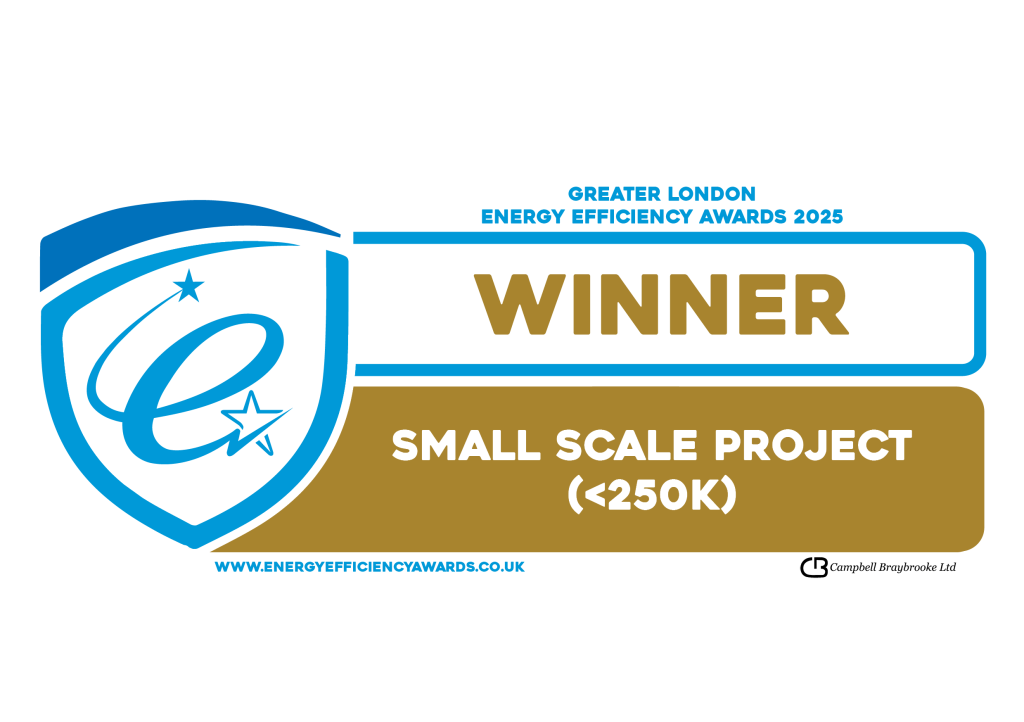
Client Name
Epsom & Ewell Borough Council
Location
Ewell, Surrey
Project Date
December 2024
Project Overview
The solar installation at Bourne Hall was designed to maximize energy production while maintaining aesthetic harmony with the existing architecture. A bespoke approach was essential to accommodate the unique structural and energy requirements of the site.
System Components
Solar Panels: 116 DMEGC 450W all black bifacial panels were selected for their high efficiency and sleek appearance. The bifacial design allows for additional energy generation by capturing sunlight from both sides of the panels.
Inverter: A SolarEdge 50kW Synergy Inverter was installed to convert the DC electricity generated by the panels into AC electricity for on-site use. This advanced inverter technology ensures high efficiency and seamless integration with the optimisers.
Optimisers: 59 SolarEdge S1000 dual optimisers were installed (one optimiser per two panels), thereby enhancing energy output, mitigating shading effects, and ensuring optimal performance. This also allows panel level monitoring of the system
Mounting System: The panels were mounted using a K2 system fixed to a custom-built steel structure. This tailored solution was engineered to provide durability and stability while optimizing the angle and orientation of the panels for maximum solar exposure.
Implications
- The installation commenced with a site survey to evaluate sunlight exposure and structural requirements.
- Following this, the custom steel structure was designed and fabricated to distribute the weight of the installation across the roof.
- Once in place, the K2 mounting system was securely fastened to this structure, along with the panels and optimisers, all cabled back to the inverter location.
- Finally, the inverter was connected to the panel and integrated into the building’s electrical system.
- A monitoring display was installed within the building’s foyer to provide live and comprehensive statistics of the system’s performance.
Results
Energy Production: The 52.2kW system is expected to generate approximately 45,000 kWh annually, significantly reducing Bourne Hall’s dependence on grid electricity.
Environmental Impact: The installation will prevent the emission of over 9 tonnes of CO2 annually, equivalent to planting over 400 trees.
Cost Savings: The installation is projected to deliver substantial energy cost saving of up to £15000 per year.
Conclusion
The installation at Bourne Hall demonstrates the effectiveness of integrating advanced solar technologies into community spaces. By choosing high-efficiency components and a custom-designed mounting solution.
Please note: The savings quoted in these case studies are indicative and will vary depending on the size of your system, your annual energy generation, and ongoing electricity costs. Actual savings may differ.
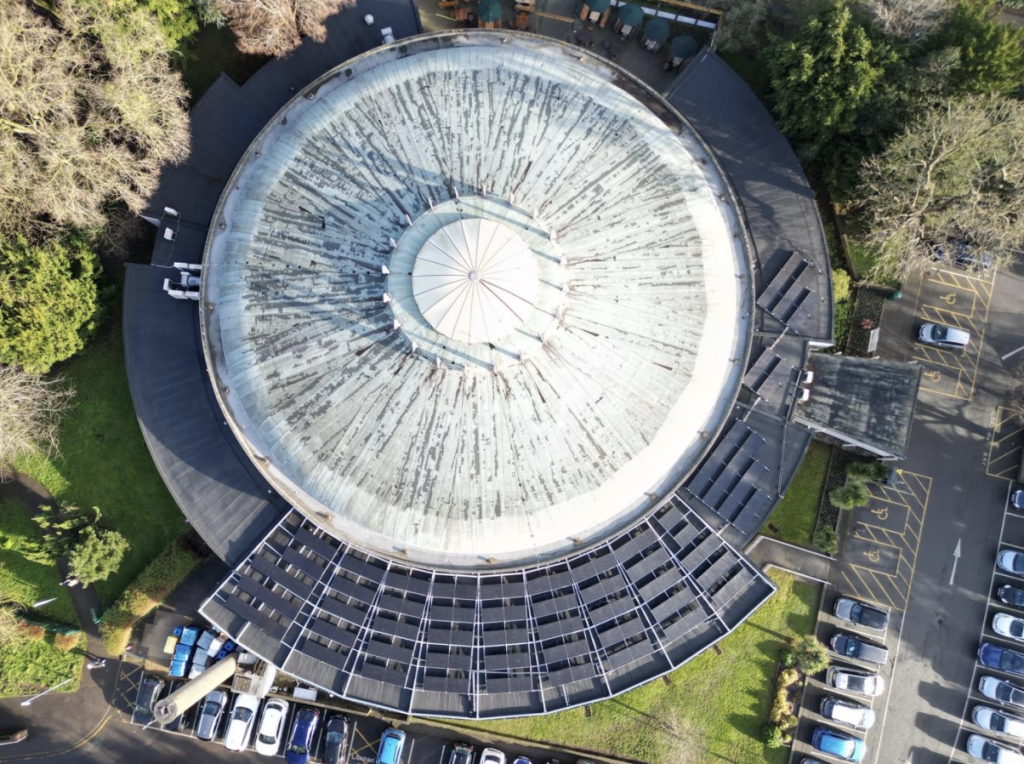
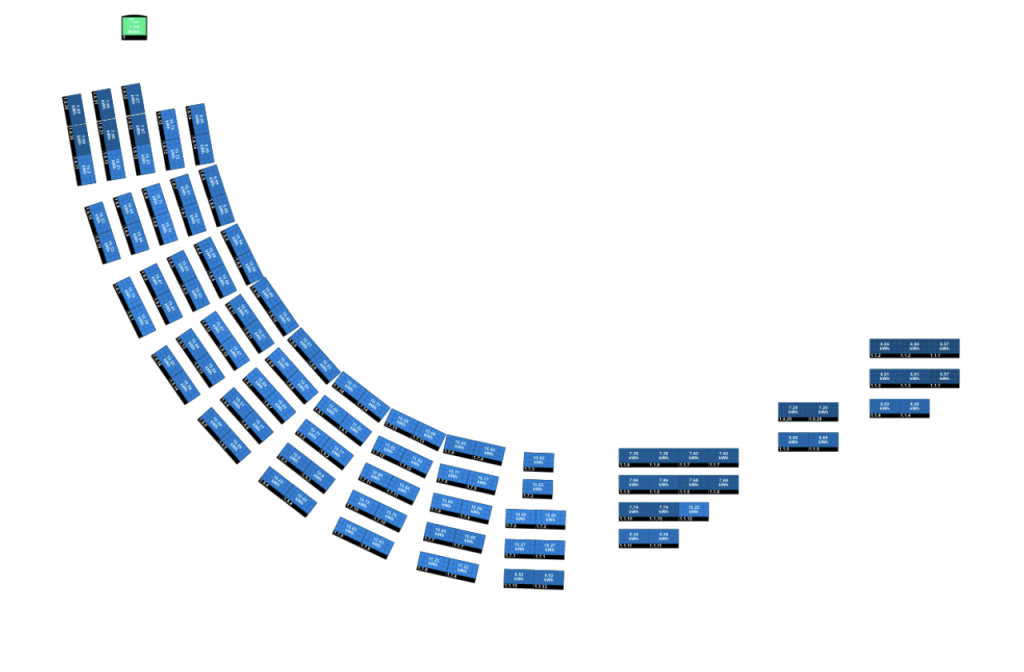
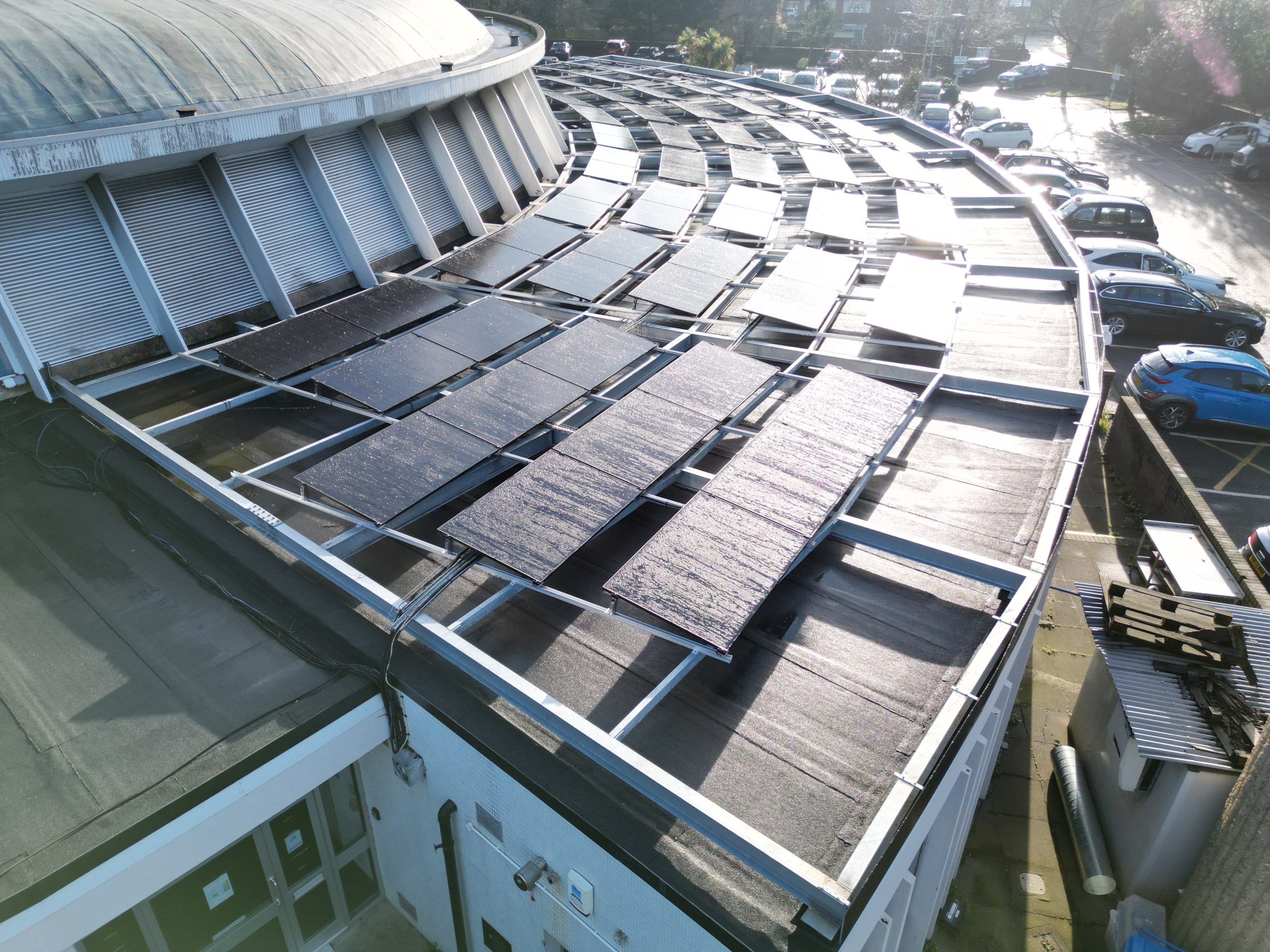
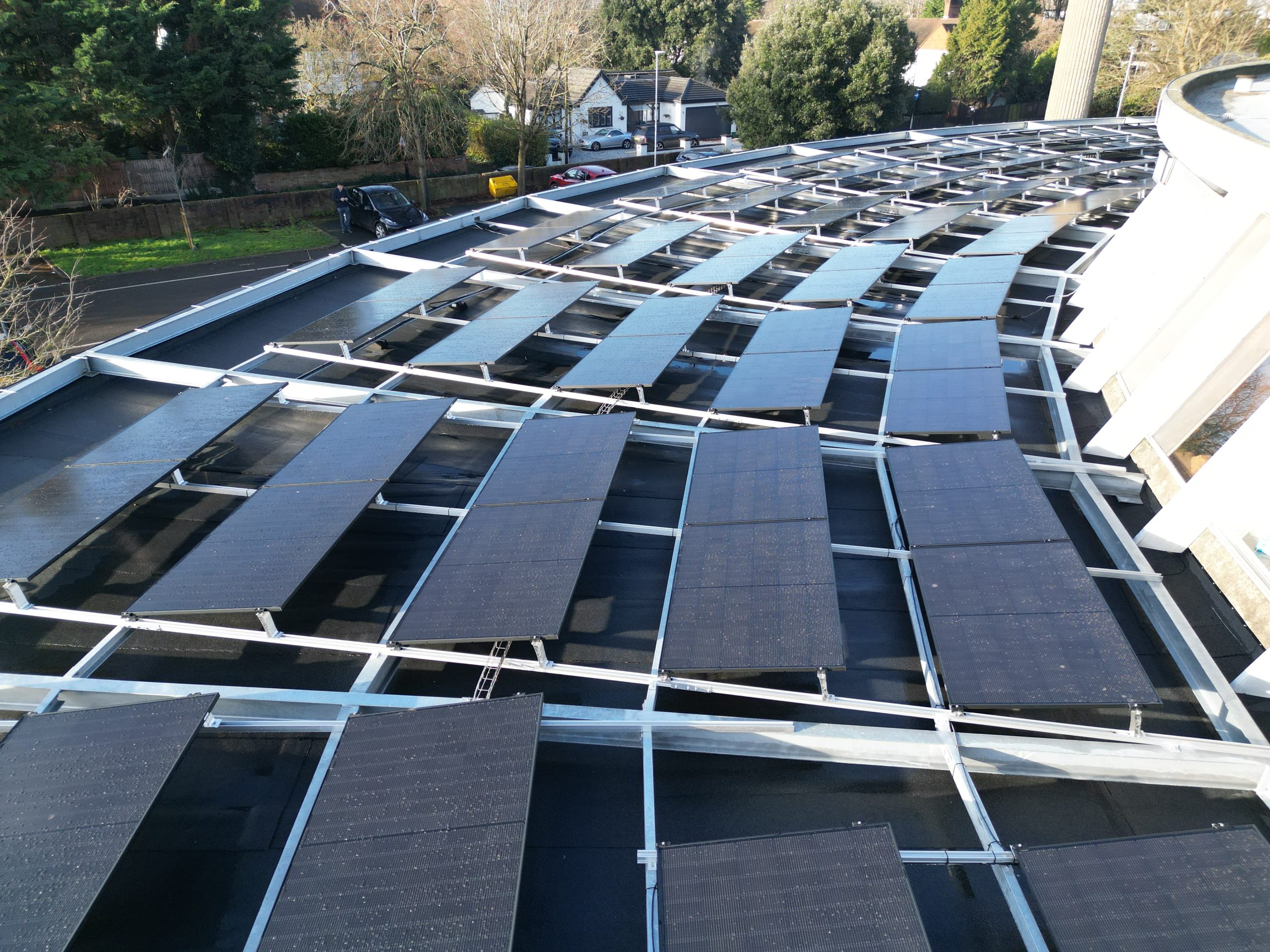
 Solar & Battery
Solar & Battery

